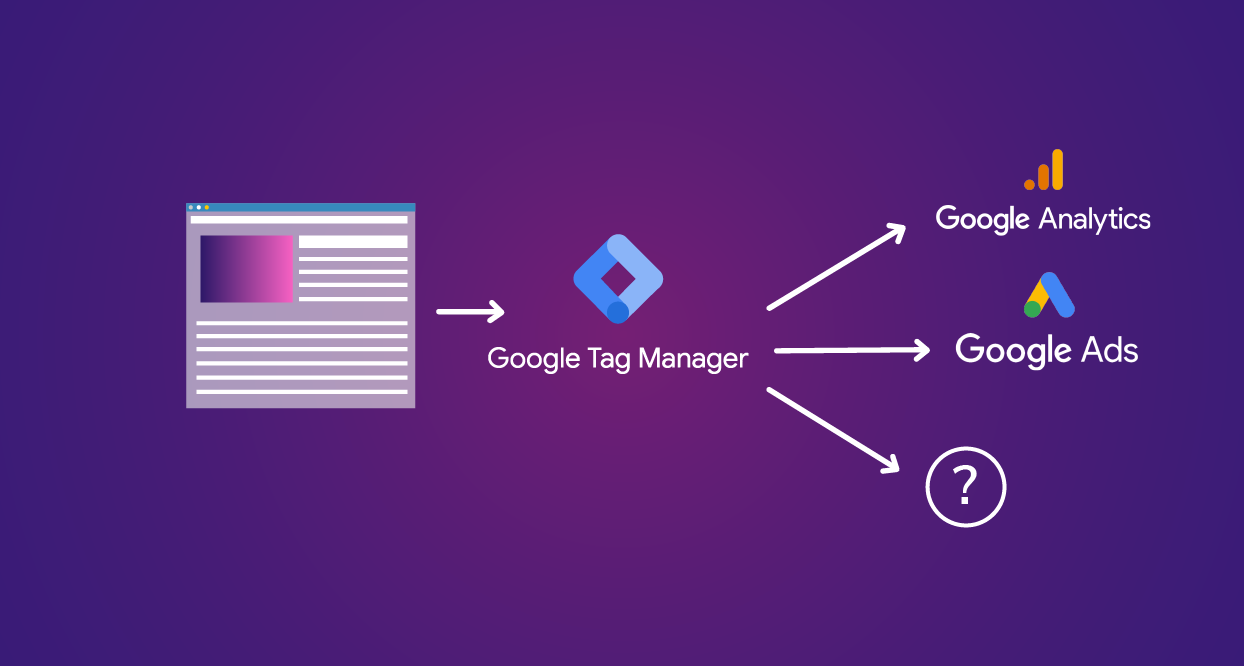Reasons to Consider Server‑Side Tagging for Your Business

Google Tag Manager transformed analytics implementation and tag management. Now, it’s time for server-side GTM to transform the field again. This is more than an alternative implementation and tool - it’s an improved and optimized technology that's beneficial to any website.
Server-side tagging is gaining more attention as new privacy regulations and enforcements come into play and the most popular browsers and platforms start to block cookies and third-party tracking to protect users’ privacy.
Beyond the technical side of what server-side tag management is, here are a few examples of what it can be used for, and some considerations to help you decide if you are ready to start migrating your implementation to server-side.
1 - User Experience (or Site Performance)
Maximizing speed and performance is more important to you than minimizing costs when it comes to data tracking.
High-performance websites provide a better user experience; which means higher ranks in organic search, lower bounce rates, higher user engagement, and usually higher conversions.
The existing client-side (or client-to-vendor) tagging implementation is free for any business. You can collect and send data from your website to as many vendors as you wish. The more tags you add to your site, the bigger the impact on your site speed performance.
The server-side setup comes with a cost. Instead of firing multiple tags on your website for each vendor, you only fire a tag once—straight to your server. Data distribution to all other vendors happens on your server, therefore reducing the impact on site speed performance.
2 - Data Privacy and Security
Depending on your location or industry, this may be the number one reason to migrate to a server-side implementation.
We have seen how the GDPR is spreading around the world with new local regulations outside Europe. At some point, every business will have to comply with some level of data-privacy regulation.
Industries with highly-sensitive data such as Online Financial Services, Medical and Healthcare, Educational Institutions, Utility Sectors, etc. may have to abide by their regulations, in addition to geographic regulations.
Keeping personal data and sensitive information safe is paramount, and server-side implementations offer much more control over highly-sensitive data than a user’s browser. You can curate every single data point before deciding which information you want to pass to third-party vendors, instead of letting them collect everything that they can from users’ browsers.
3 - Data Enrichment
With server-side, you can improve data quality by customizing your implementation with things like:
Extending the Cookie Lifetime of Users
Browsers and devices with ITP (Intelligent Tracking Prevention) algorithms (like Safari) limit the cookie lifetime to 1 or 7 days.
Extending the cookie lifetime allows you to analyze your user journey beyond one to seven days, and helps improve marketing attribution reports, remarketing audiences, affiliate marketing, and personalization based on past user interaction with your website or app.
Add Additional Parameters to an Event
You can add additional information to the tag you originally collected on the user’s browser with data from other sources (like your CRM) before sending that data to your final endpoint (vendors). This is now available with Asynchronous Variables in Server-Side GTM and Cloud Firestore API in GCP
4 - Reduce The Impact of Ad Blockers
Businesses must always respect user privacy and preferences, but some ad blockers can block data that is not related to advertising, like web analytics tracking and cookies that were originally placed on the site to improve user experience, not necessarily to pass data to advertisers.
A server-side implementation with your custom domain (ss.mydomain.com) allows data to pass through because it is considered first-party data. You are no longer sending it to third-party domains like Google or Facebook.
There are several other reasons to consider migrating from client-side to server-side implementation. Server-side is relatively new to digital analytics and digital marketing, and we see new use cases and examples surfacing each day. It is a more sophisticated implementation and will require investment not only in skills and licenses but also in a culture of transparency and accountability. User consent should still be respected, and protected by internal company governance since it’s no longer transparent to the user’s browsers.
While you make your decision and before you start migrating to server-side, here are a few tips and recommendations that you can start working on right now:
1 - Prepare Your Client-Side Container First
For Google stack users: complete your GA4 Implementation and get your GTM Client Side Container as clean as you can (Auditing your GTM Container). Whether you are migrating from Universal Analytics or starting a brand new GA4 implementation, it will make your life a lot easier and save time.
For other platforms, a good audit of the existing client implementation is always a great start.
2 - Document Your MarTech Stack
Create a document with a list of vendors your marketing team is actively working with, and which events on the user journey are relevant to strategic decisions when building audiences, campaign investment, and attribution.
Involve your legal/security team to clarify what user information you are allowed to collect, what should be completely blocked, and what requires consent.
3 - Build a Road Map and Invest on Your Team Skills
Start with the most relevant vendors and the ones that already have a template created for server-side tagging in GTM and/or can provide some support or documentation for your team - you can still build custom templates for other vendors but you need a team with the necessary skills and time to do so.
4 - Test and Analyze
Test both client-side and server-side options to determine the best approach for your organization. The best solution might be a hybrid implementation that balances cost, data privacy concerns, and vendor resources.
You can start by transferring only some of your MarTech tags and later decide whether or not it’s feasible to migrate your Google Analytics collection as well, or even avoid the Google Analytics interface completely and send your data straight to BigQuery to be analyzed and displayed on your internal visualization tool of choice.
Server-side implementation is just another step on the journey of Digital Transformation, where the Analytics team will learn and adapt the existing implementation process to meet market demand and business requirements, while the Organization enables cross-team collaboration; so, the involved practices: analytics, marketing, technology, security, legal, and governance can work together on a long-term and sustainable implementation.
